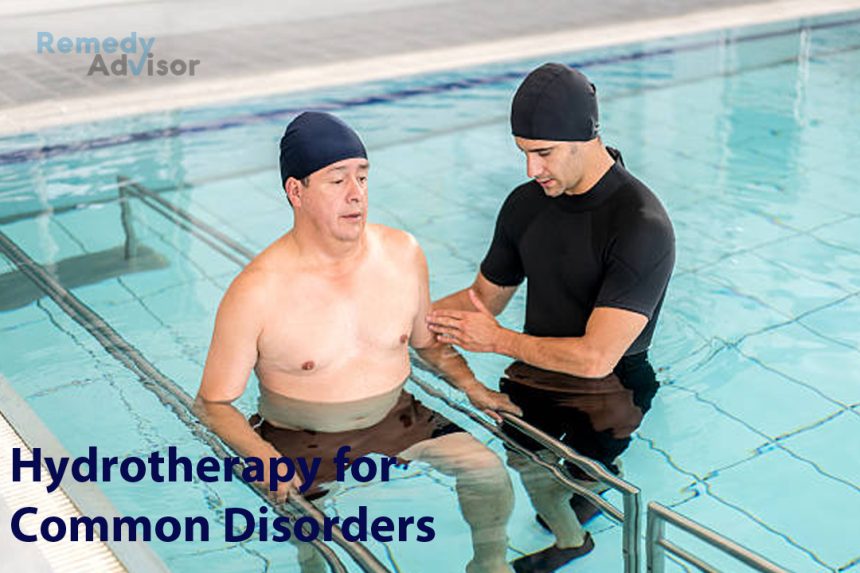Ice packs, hot and cold compresses, medicated baths and other forms of water therapy were mainstays of folk medicine for centuries.
Today, high-tech medicine has eclipsed water-based treatments. Yet these treatments safe, inexpensive and easy to use remain valuable tools for easing discomfort caused by common ailments
Medicated baths
We all know how relaxing a warm bath can be. But not everyone realizes that even greater benefits can be reaped by adding natural ingredients to the water.
• Apple cider vinegar
Add a cup to bathwater, and splash a handful over your shoulders, back and chest. That will invigorate you when you’re fatigued.
This technique also helps restore the skin’s germ-killing natural acidity, which is continually washed away by bathing.
To soothe poison ivy or sunburn, add two cups of vinegar.
• Bran
Bran bath soothes dermatitis, eases itching and other skin irritations and removes scaly patches.
Stich numerous handfuls of oat bran or wheat into a cheesecloth bag. Immerse the pouch in hot water for some minutes, and then put in a tub full with lukewarm water. Squeeze the pouch until the water chances milky.
• Extract of Pine
One capful in a warm bath helps open clogged pores, speeds healing of rashes and relieves muscle fatigue.
Pine extract is available at drugstores and health-food stores. Do not confuse it with pine cleanser, which will irritate the skin.
Salt massage
This energizing technique tones tissue relieves stress and fatigue and can help you ward off a cold.
Sit on the edge of a tub filled with warm water. Pour salt into a cupped hand. Slowly add water to the salt until you make a thick paste.
Using firm, circular motions, rub the paste over your body. Then rinse off the paste with a brief soak in the tub or sponge it off with cold water. Be careful not to rub salt onto sores, cuts, etc.
Hand bath
To ease writer’s cramp, soak hands in hot water. To warm cold hands, soak them alternately in hot water (three minutes) and cold water (30 seconds). Repeat several times, ending with cold water.
Caution: Don’t leave hands in cold water for more than a few minutes at a time.
Cold-water treading
Fill the tub ankle-deep with cold water. Holding onto a firmly anchored rail, march in place for a few seconds or minutes (as long as you can comfortably tolerate). Then rub your feet briskly with a towel.
Done twice daily, this technique creates a remarkable sense of well-being and is great for relieving exercise-related leg cramps. Some believe that it builds resistance to disease as well.
Done at night, cold-water treading promotes sound sleep yet it has an eye-opening effect when done in the morning.
Compresses
To prevent or relieve headache pain, fold a washcloth in half, dip it in ice water and wring it out. Place it on your head or neck. Re-wet it every few minutes to keep it cold.
To relieve a sore throat or laryngitis, fold a cotton cloth in thirds, wet it with cold water and wring it out. Wind it once around the neck and fasten with a safety pin. Over the cloth, wrap a wool scarf.
Leave this wrap in place as long as you like. With the cold trapped against the skin by the wool, the body continues to divert more warming blood to the area helping break up congestion.







